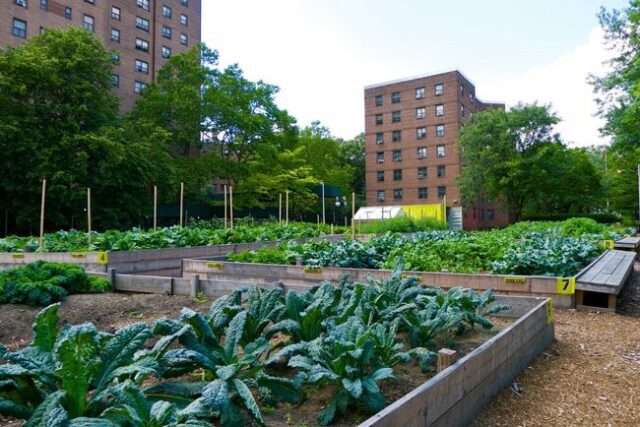
The University of Michigan-led international study sheds light on the complex relationship between urban agriculture and its climate impact. The findings reveal that, on average, fruits and vegetables grown in urban farms and gardens have a carbon footprint six times greater than conventionally grown produce. However, the study also identifies exceptions, such as tomatoes grown in open-air urban plots and air-freighted crops like asparagus, which demonstrated lower carbon intensities than their conventional counterparts. The research underscores the need for careful planning and management in urban agriculture to maximize its climate benefits. The study’s lead author, Jason Hawes, suggests that practitioners can reduce their climate impacts by choosing specific crops, altering site designs, and adopting sustainable management practices.

Urban agriculture has gained popularity as a means of promoting sustainability in cities, offering social, nutritional, and environmental benefits. Despite the well-documented advantages, the carbon footprint of urban agriculture has been understudied, with previous research focusing on high-tech methods rather than the more common low-tech practices. This new study, involving 73 urban farms and gardens across five countries, is the largest of its kind to compare the carbon footprints of urban and conventional agriculture. The findings emphasize the importance of extending the lifetimes of urban agriculture infrastructure, utilizing urban wastes as inputs, and maximizing social benefits to make low-tech urban agriculture more carbon-competitive with conventional methods. The study provides valuable insights for urban planners, policymakers, and practitioners seeking to integrate sustainable agriculture into the fabric of future cities.















